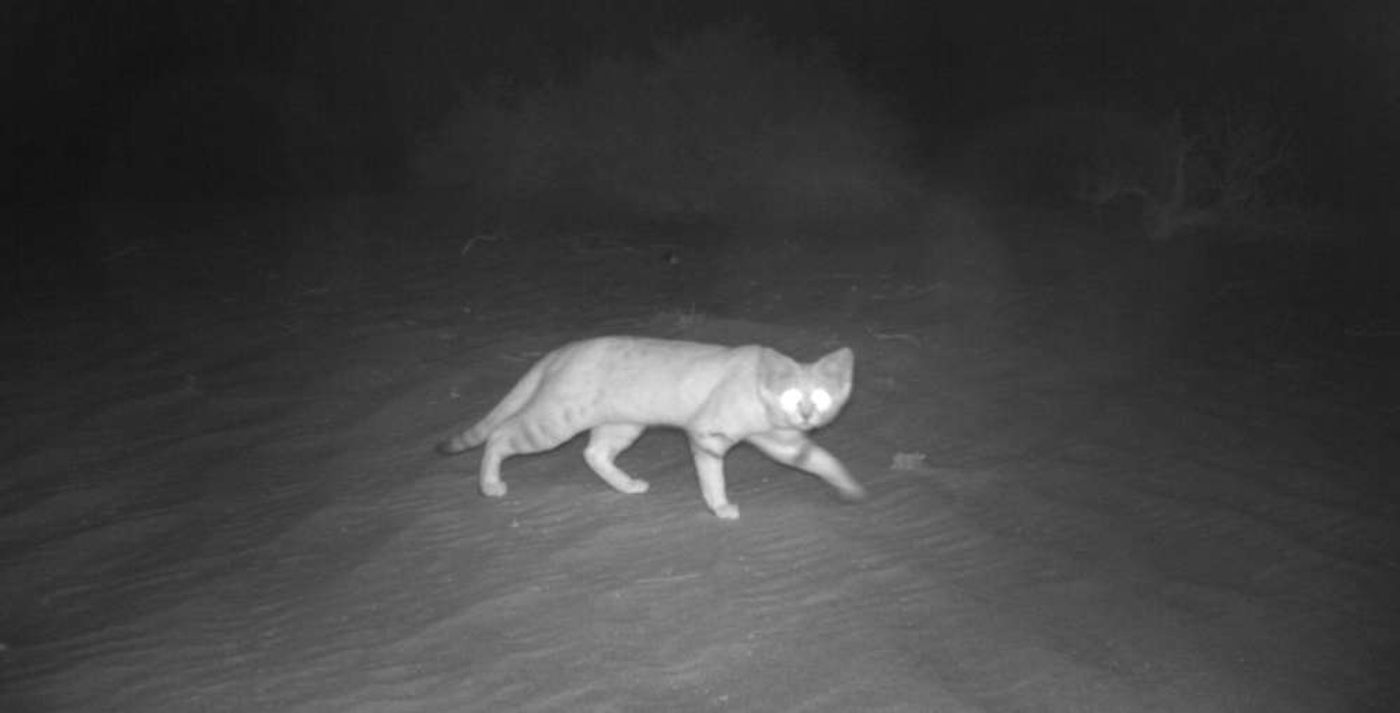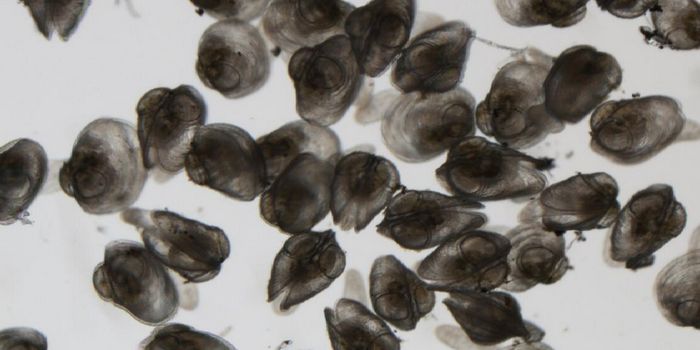Arabian Sand Cat Photographed in the Wild for First Time in a Decade
For the first time in about 10 years, an Arabian sand cat (Felis margarita harrisoni) was photographed in the wild in the United Arab Emirates. The species is native to the African and Asian continents and hasn’t been spotted in the wild since around 2005.
The cat was photographed, along with a couple of others, with a special baited camera trap. A total of 46 photographs were captured during the covert photography. The details are found in the European Journal of Wildlife Research.

Arabian sand cats are nocturnal, which means they sleep during the day and walk about at night. As a result, the photographs were taken in night vision, which puts emphasis on the critter’s shining eyeballs.
Not much is known about the species, because they’re so rare that we have yet to study them enough. They are considered endangered because of how uncommon it is to come across them in the wild, but these photographs do prove that they’re not extinct and are still in existence today.
“About 80 % of the sightings were between 00:00 and 06:00 h, and 39% were recorded during the full moon phase,” the team reports in their study. “These are the first confirmed sightings of the presence of Arabian sand cat in the Western Region of Abu Dhabi Emirate after an unconfirmed sighting reported in 2005.”
The temperature outside when the photographs were taken varied from 50-80º Fahrenheit. The temperature conditions may indicate that they like the cooler weather.
Although we have nothing more than a few photographs and some information about the environment at the time of the photographs, it’s hoped that the findings will help other research groups that have any interest in learning more about the mysterious cats.
“It is clear that field research will all be extremely valuable in putting together conservations plans for the sand cats and their habitat, as well as pin-pointing those areas and their extent that may be turned into protected areas to conserve the cats,” said John Newby of the Sahara Conservation Fund. “Scientists need to be doing more research on how the sand cats live in order to create a suitable, protected area.”
For now, it looks like this is all we have on these interesting felines.
Source: Science Alert








